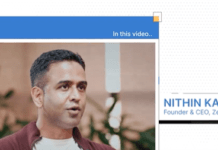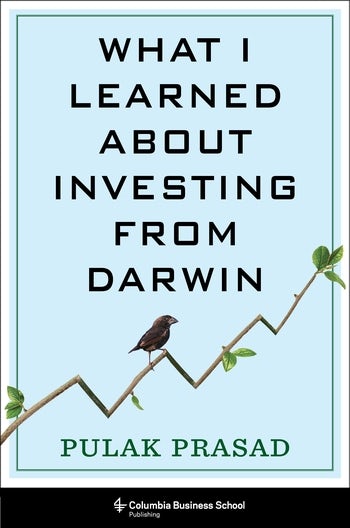Accounting firm KPMG, one of the ‘Big 4’, that gave a clean chit to Silicon Valley Bank and Signature Bank, days before they collapsed, has said that it stands by its audits of the lenders. KPMG has been facing a growing backlash for not red-flagging the lenders that collapsed only days later after its audit.

KPMG’s US boss said that it stands behind its audits of SVB and Signature Bank. Paul Knopp said that the audit work considered all facts available at the time the reports were issued, and that market-driven events in the following days led to the banks’ crises, according to a report in Financial Times.
Knopp, speaking at an event at the NYU Stern Centre for Sustainable Business on Tuesday, said, “As we take into account everything we know today… We stand behind the reports we issued and we think we followed all professional standards…You have a responsibility until the day you issue the audit report to consider all facts that you know, so we absolutely did do that. But what you can’t know with certainty is what might happen after that audit report is issued,” further adding that actions taken in the month of March set off another set of reactions leading to the closure of the banks.

Knopp’s response comes after questions were raised against KPMG. “KPMG issued a clean audit report on the 31 December 2022 accounts of Silicon Valley Bank on 24 February 2023. That’s another negligence claim in the making and another addition to the grand catalogue of audit failures. Audit reform is massively overdue,” said Professor of Accounting Practice, Sheffield University Richard Murphy on Twitter, while another user said, “KPMG gave SVB, Signature Bank clean bill of health weeks before collapse. Is KPMG a small firm? Did they not have the required experience?”
The accounting firm has been auditing SVB’s parent company since 1994 and Signature Bank for 22 years, the report added. It signed off SVB’s audit report on February 24, two weeks before the bank was seized by regulators, while the Signature Bank report was signed off on March 1, 11 days before it was seized.
Four Red Flags of the bank’s conduct that should have sent the alarm bells ringing, which the Fed appears to have not heard
1. Explosive asset growth: SVB nearly quadrupled in assets in four years.
2. Hyper-reliance on uninsured deposits: Almost 90% of SVB’s deposits were from customers with more than the FDIC’s limit ($250,000), often tech firms. Uninsured depositors are more likely to run, making the bank inherently less stable.
3. Huge interest rate risk: During a period of explosive growth between 2019 and 2021, SVB purchased more than $100 billion of mortgage-backed securities issued at low interest rates. The bank failed to buy hedges to protect the securities’ value if interest rates rose.

4. Dash for cash to the Federal Home Loan Bank: As SVB needed cash, it used the arcane Federal Home Loan Bank system to borrow heavily — becoming the San Francisco FHLB’s top borrower at $20 billion.
Lender of next-to-last resort
To understand how significant this is, know that the FHLB is called the lender of next-to-last-resort. When a bank fails, the FHLB is the only entity that gets paid out ahead of the FDIC. The more indebted a bank is to the FHLB, the greater the losses born by the taxpayer if the bank fails.
Each of these red flags should have triggered greater scrutiny from the Federal Reserve. Combined, they scream for greater scrutiny. After all, SVB is not a Main Street bank, and never was. Regional banks of its size ($200B) typically operate around 1,000 branches: SVB had 16.

This does not even include questions about the relationship between SVB’s venture-capital arm and the bank’s customer base, a potential red flag the Fed’s regulation of the bank holding company should have analyzed.













